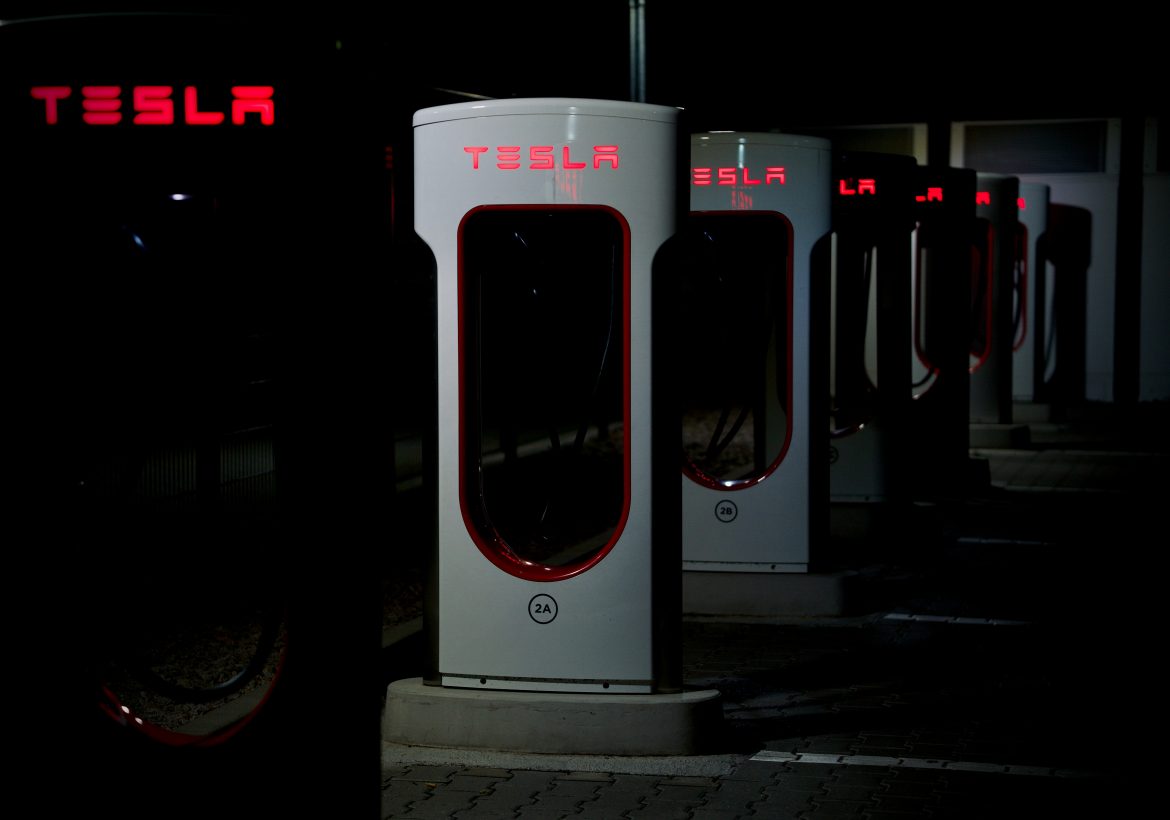US EV manufacturer Tesla has introduced the ‘Supercharger Congestion Fee’ at certain locations in the US, replacing the idle fees. The company is expecting a heavy footfall during Thanksgiving when people might travel long distances to be with their families. Slightly similar to the idle fee, the congestion fee applies when the Supercharger is busy and the vehicle’s battery is already at or above the congestion fee level, i.e., 90%.
How does it work?
Tesla will add an extra $1.00 per minute to the bill of the owner who stays plugged in to the Supercharger beyond 90% charge. However, before charging a surcharge fee, the Tesla app will give an alert, following which a five-minute grace period will be provided to owners to disconnect their vehicle and leave before congestion fees apply.
The intention behind the congestion fee is to encourage drivers to charge only as much as is needed for their trip, rather than all the way to 100%. This increases the availability of Superchargers, helping decrease the waiting time.
Tesla Supercharger network
With 50,000 superchargers spread across countries, Tesla owns and operates the largest global, fast charging network in the world. These are located on major routes and closer to convenient amenities so that people can access it easily. The superchargers are capable of adding up to 200 miles of range in just 15 minutes and one can easily charge up to 80% by stopping for a while.
Tesla cars come with Trip Planner functionality that automatically calculates route with Superchargers along the way. Trip Planner considers driving style, elevation, outside temperature, traffic, stall availability and more. Business owners can even opt to get a supercharger installed at their property for the convenience of employees.



